
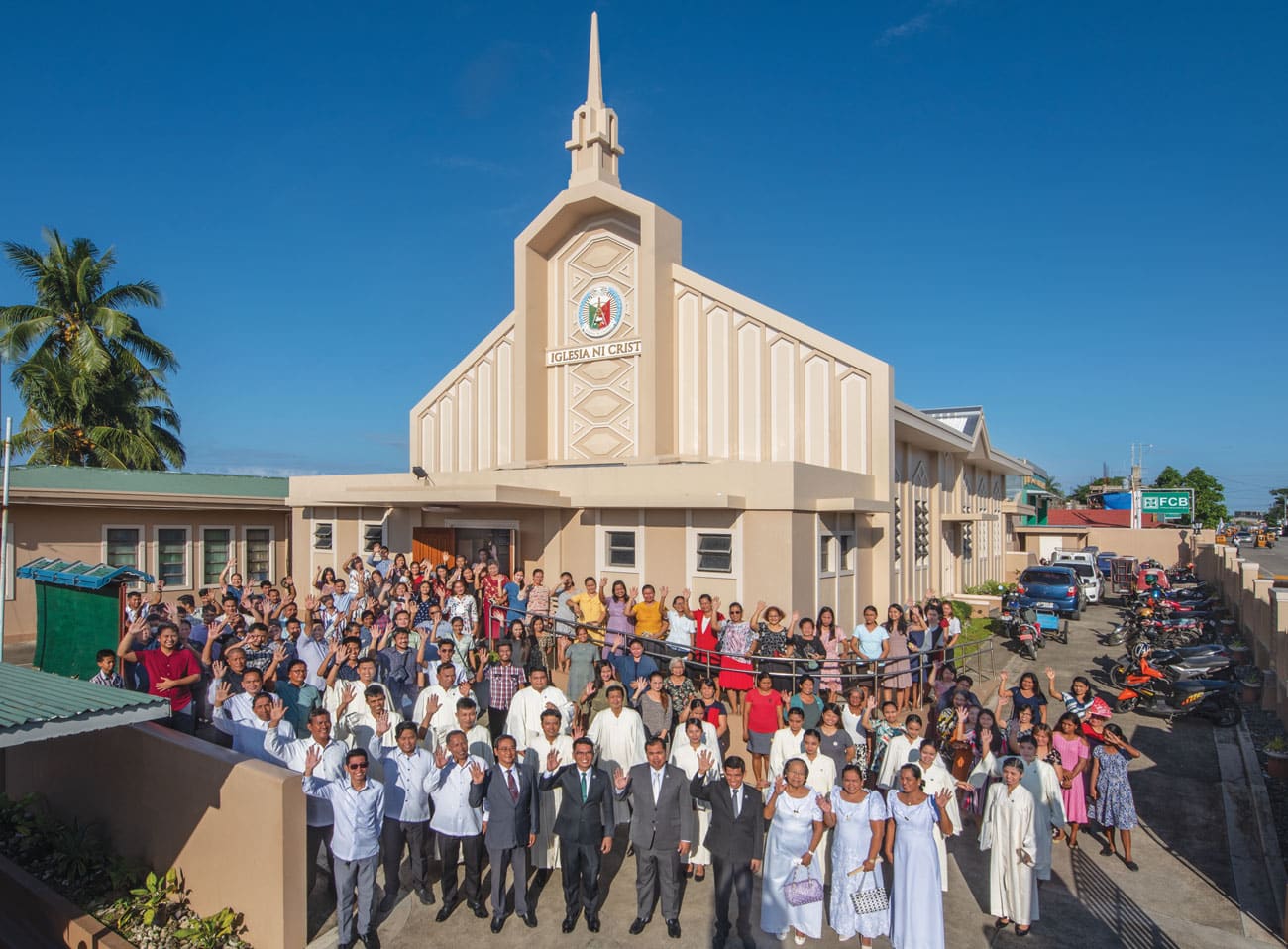
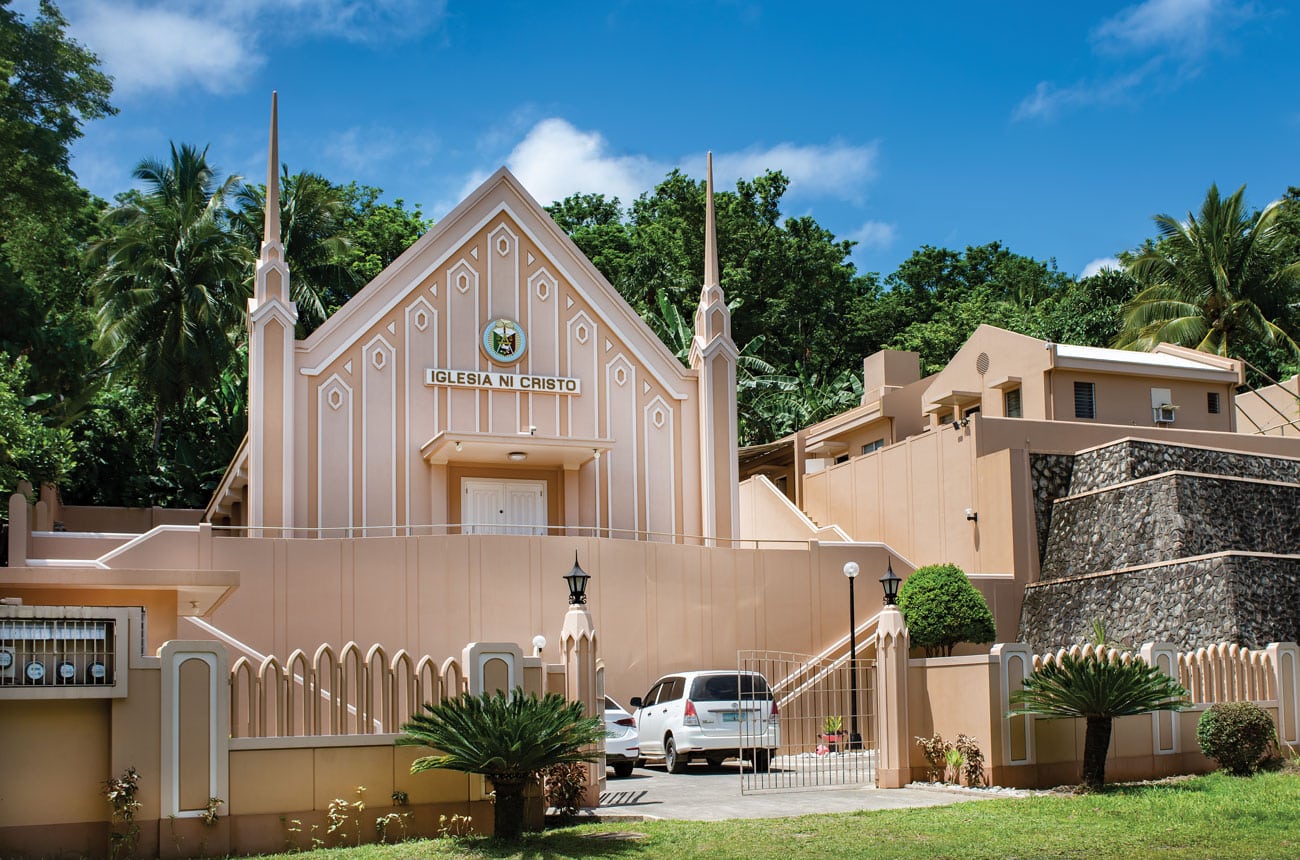
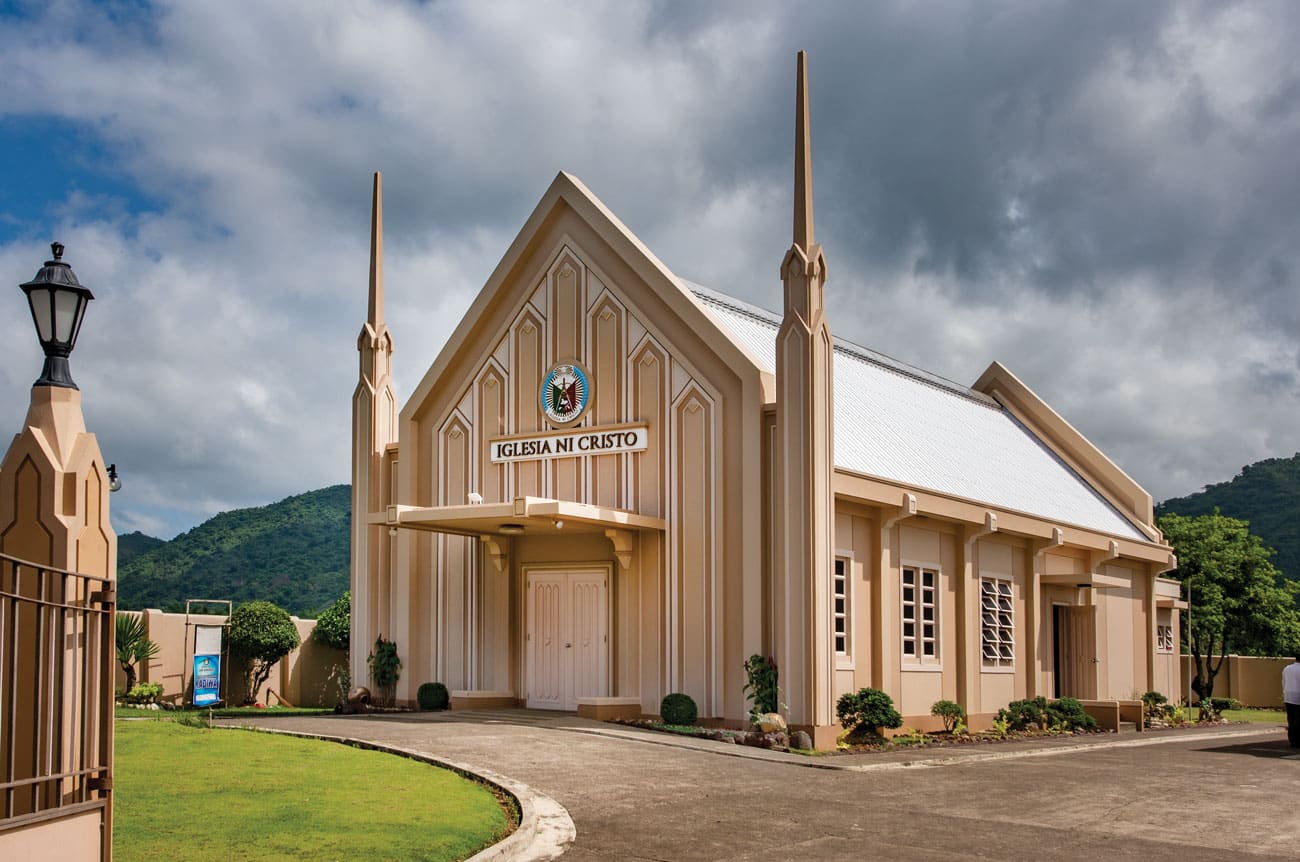
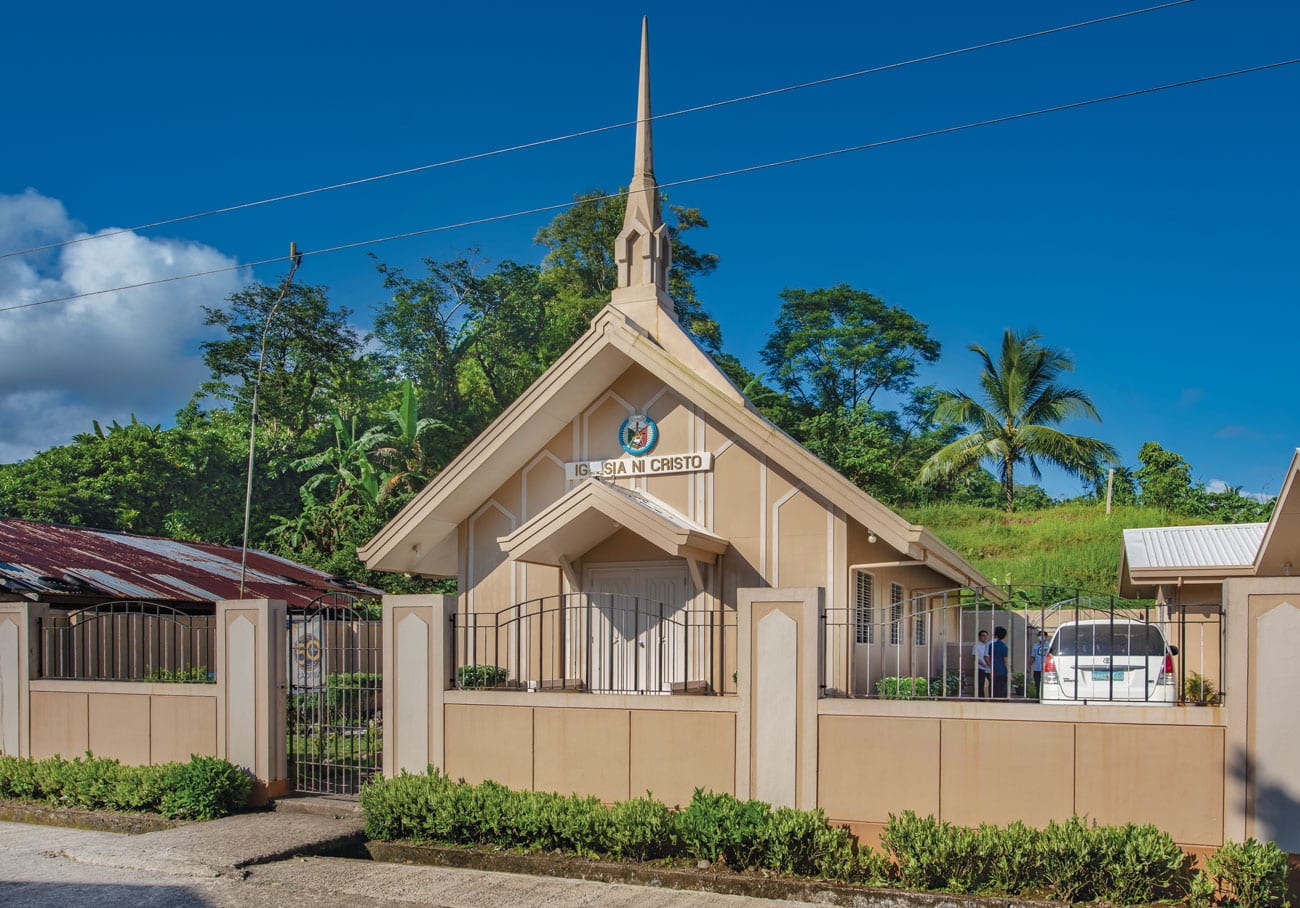
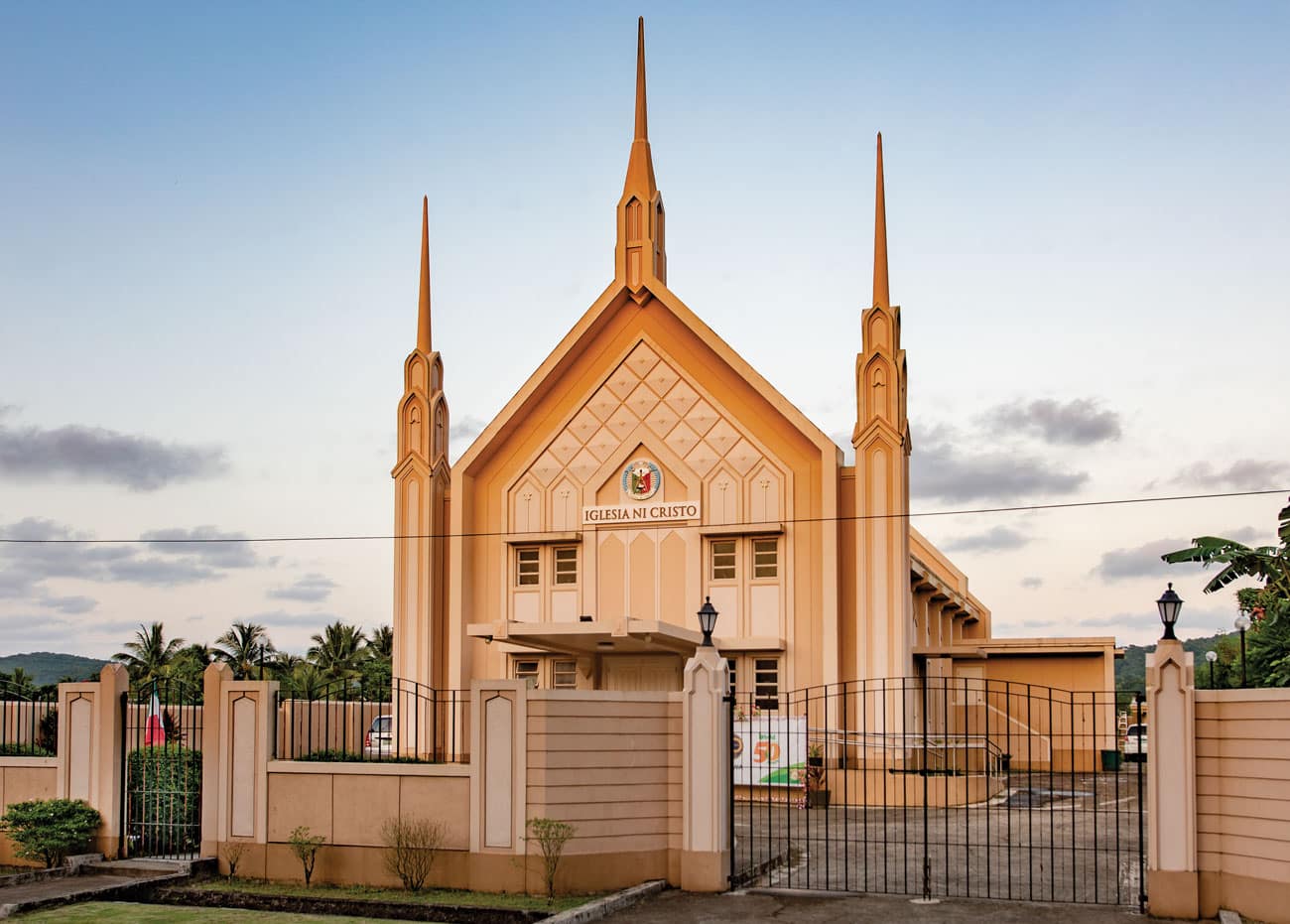
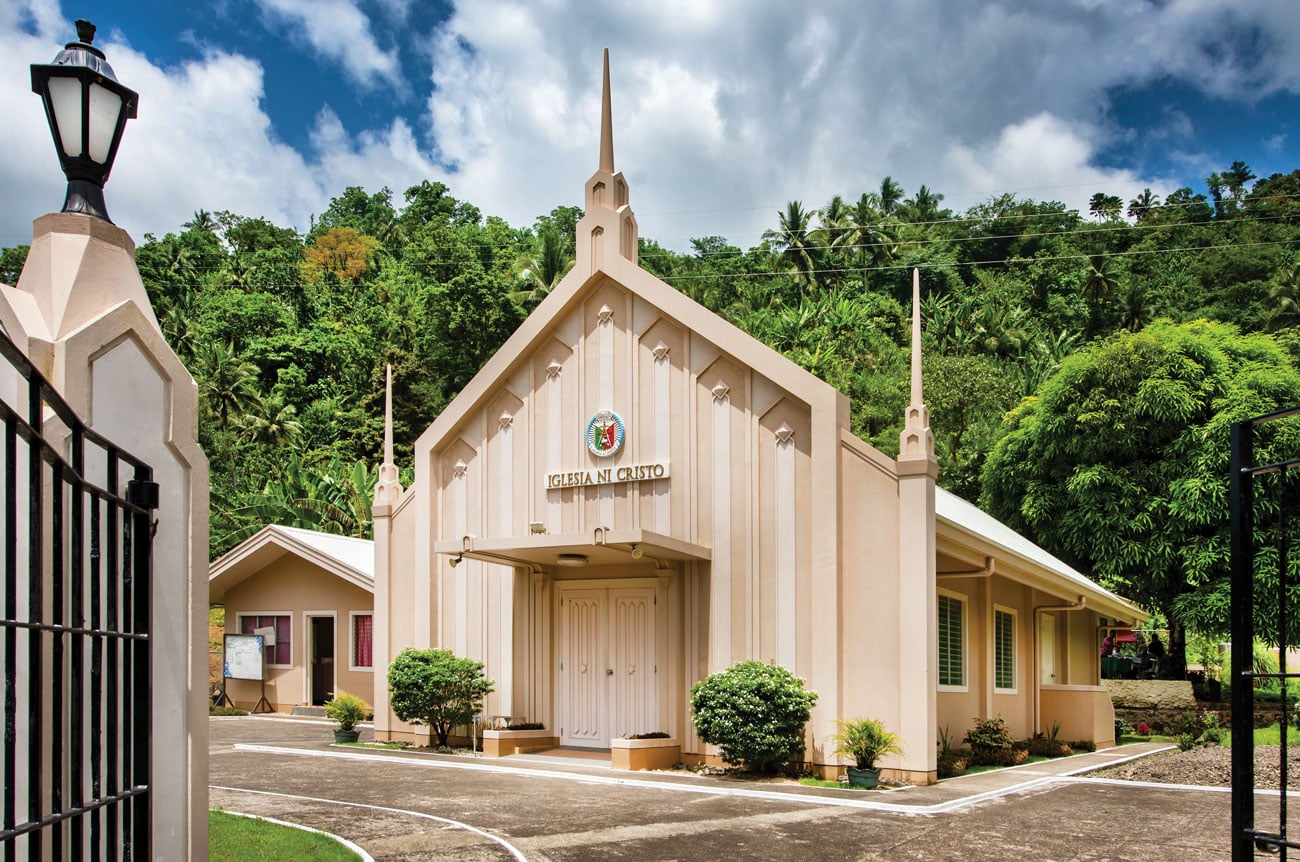
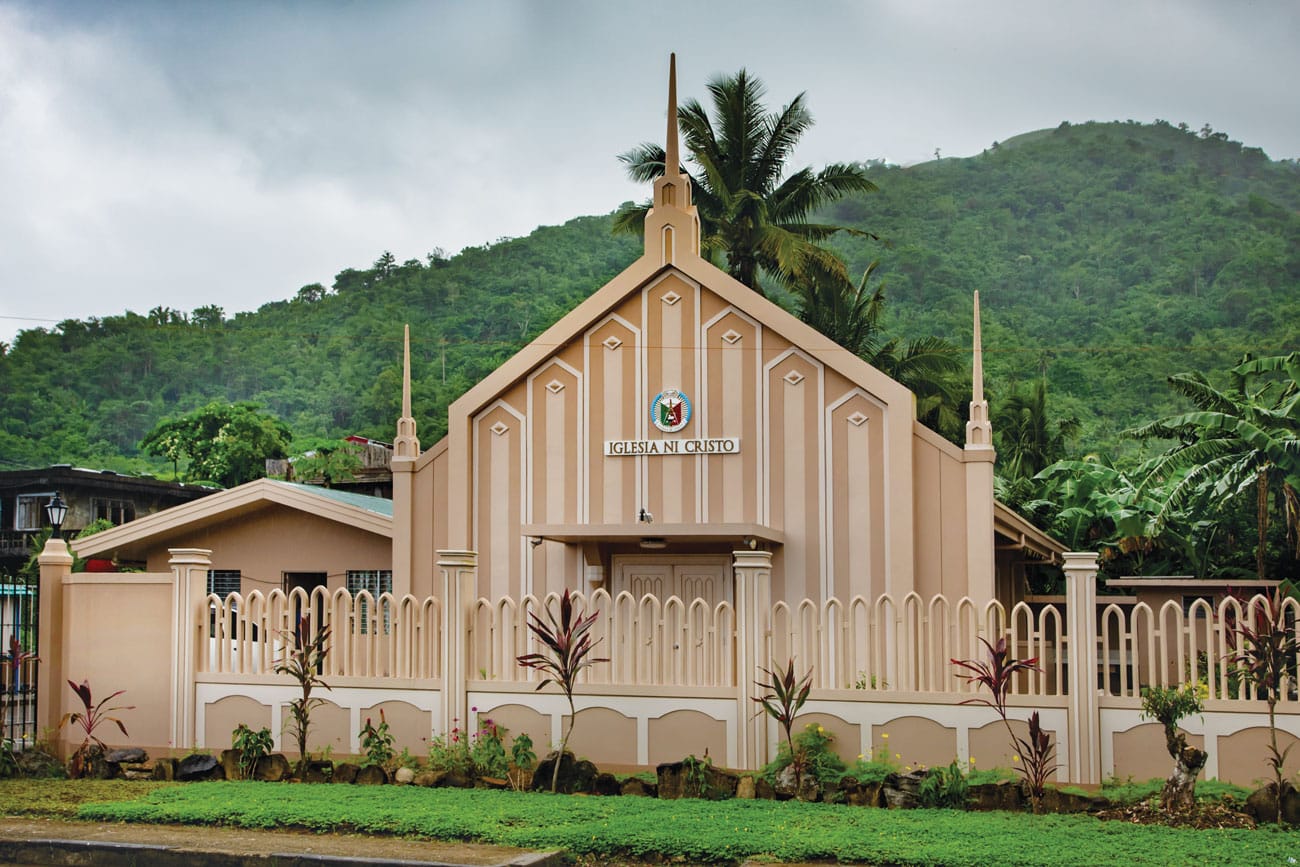
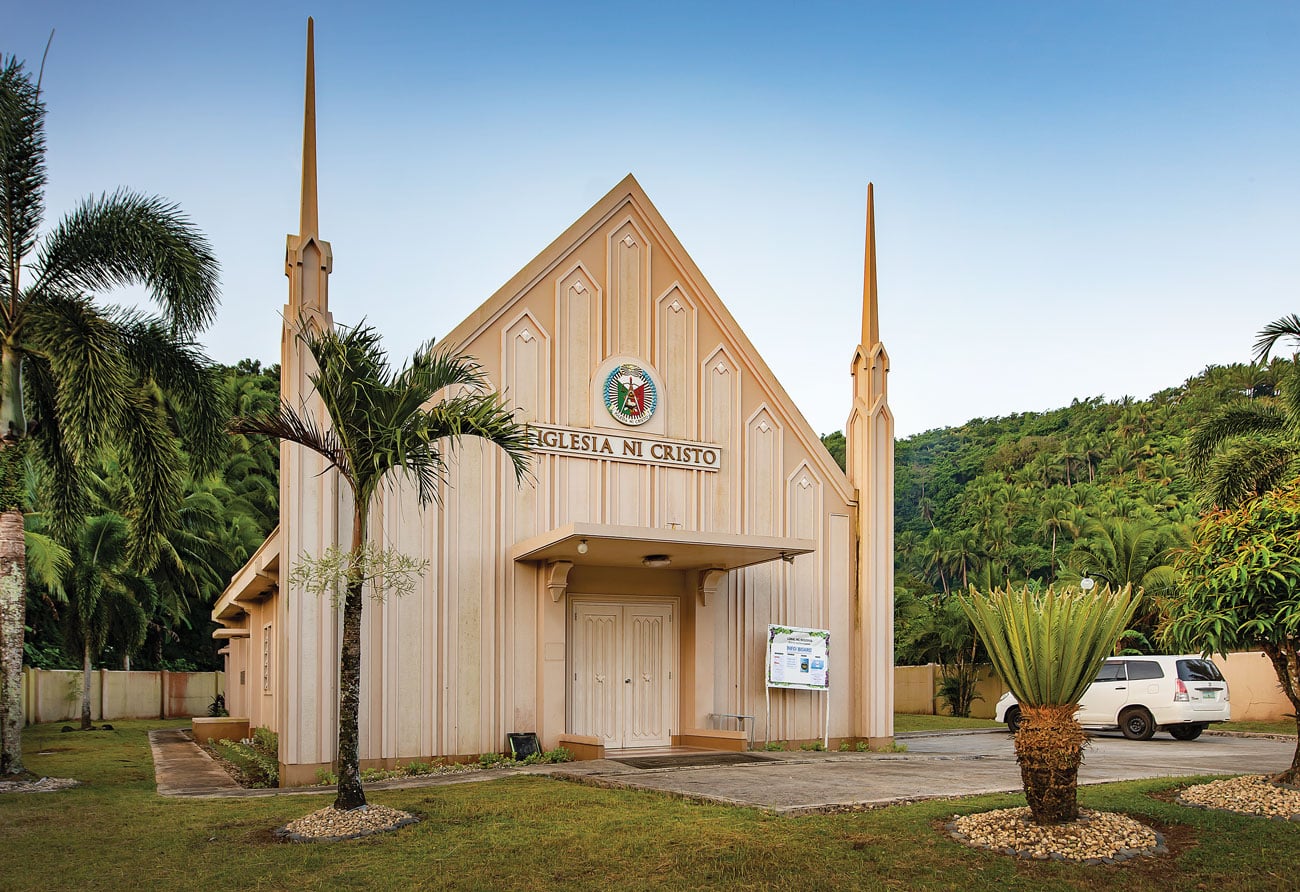
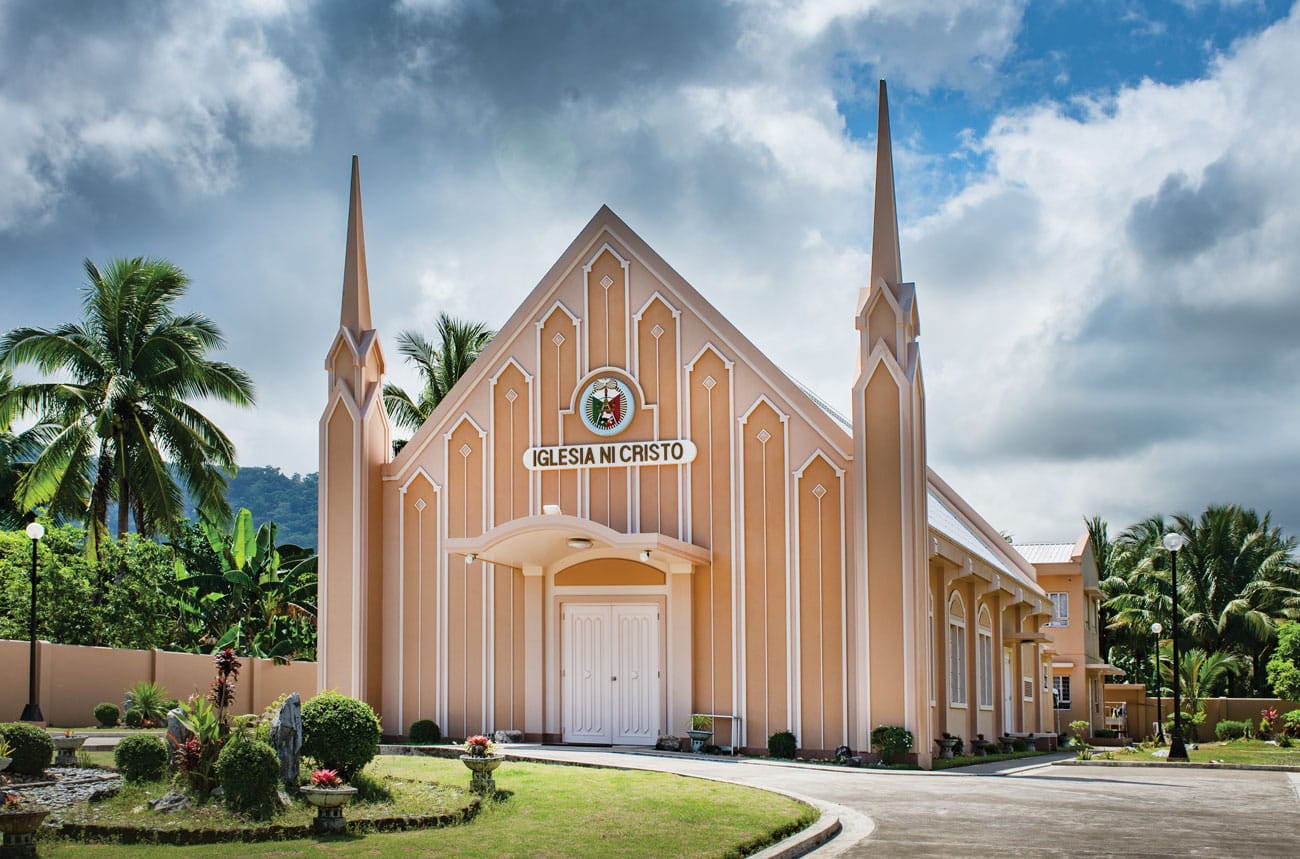
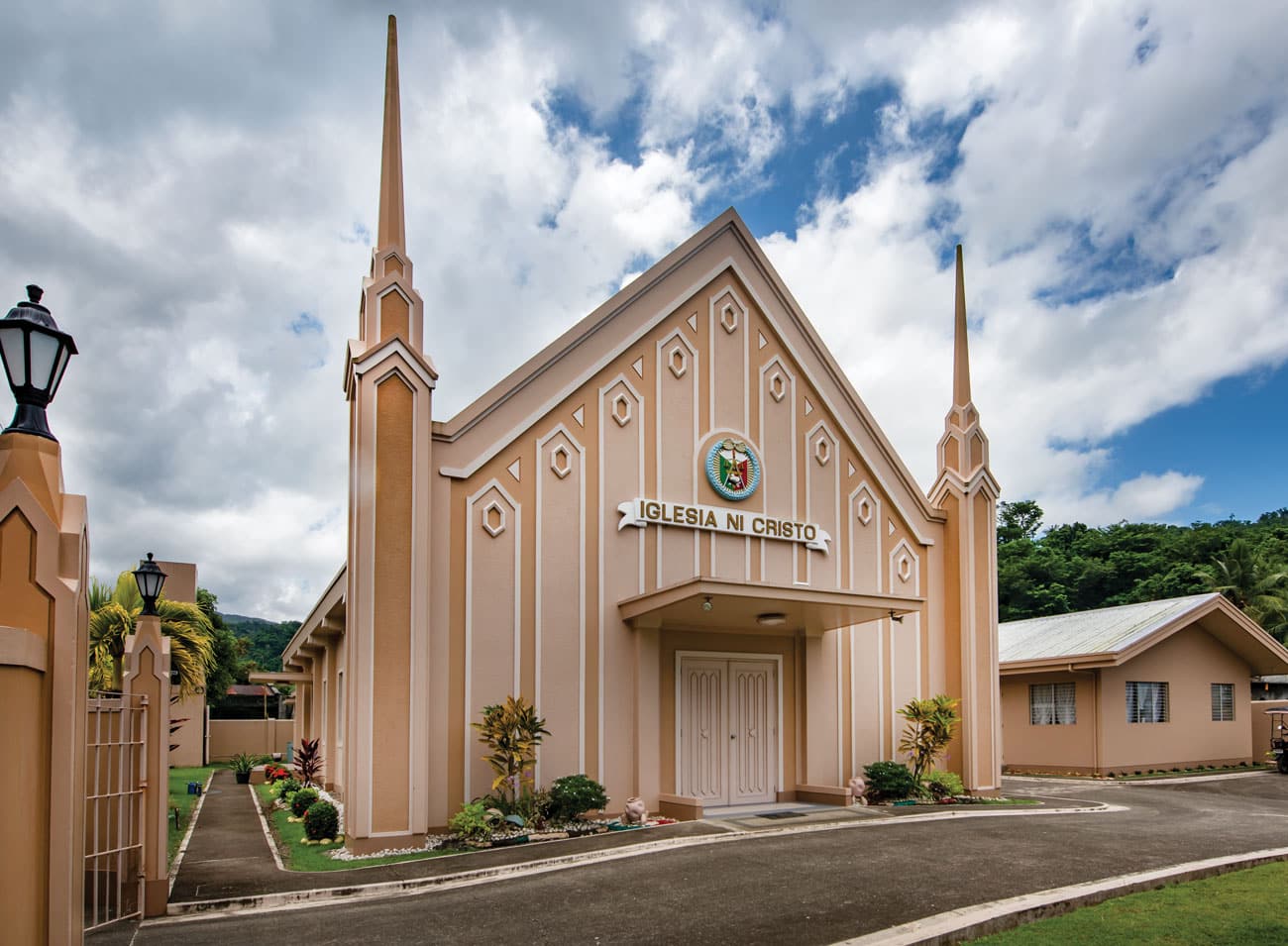
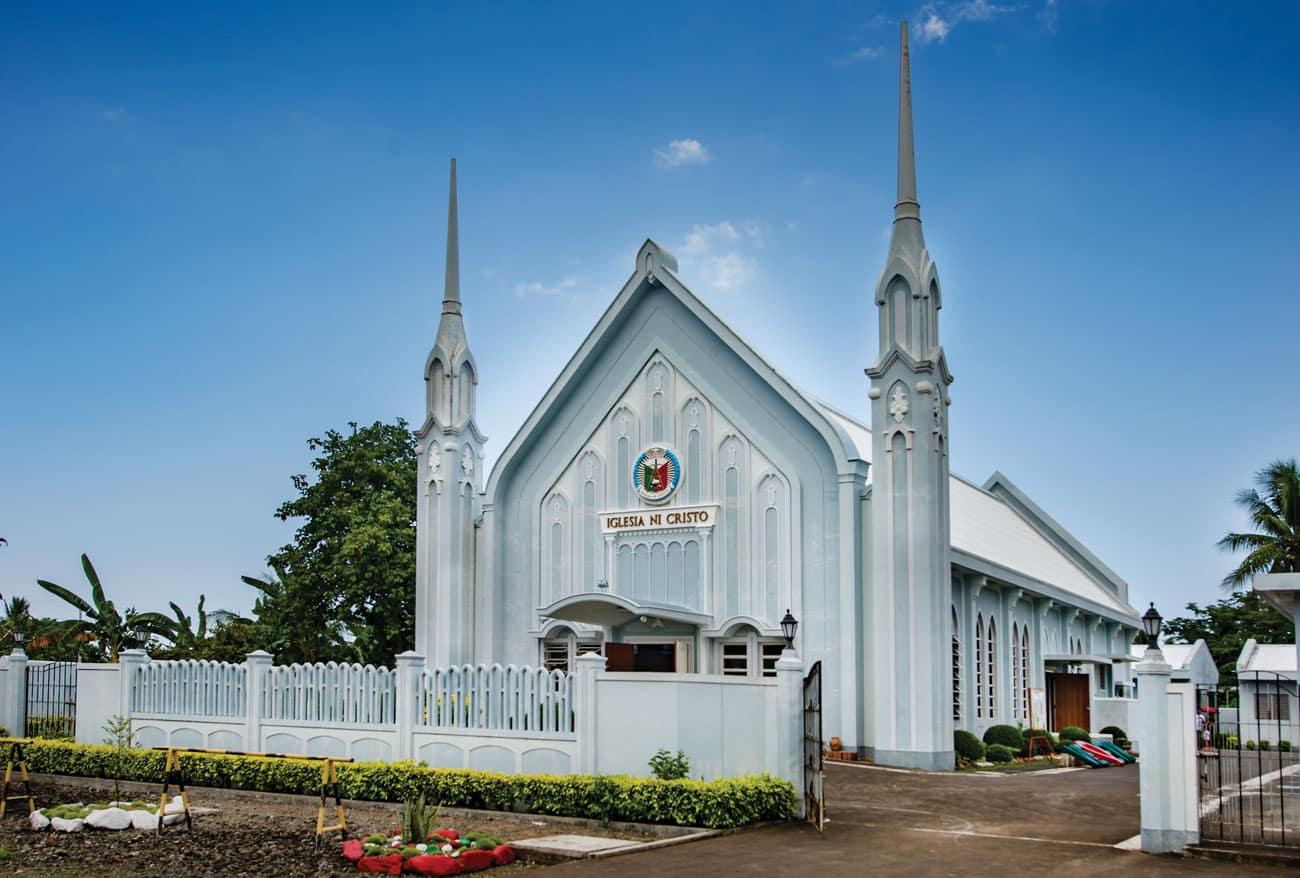
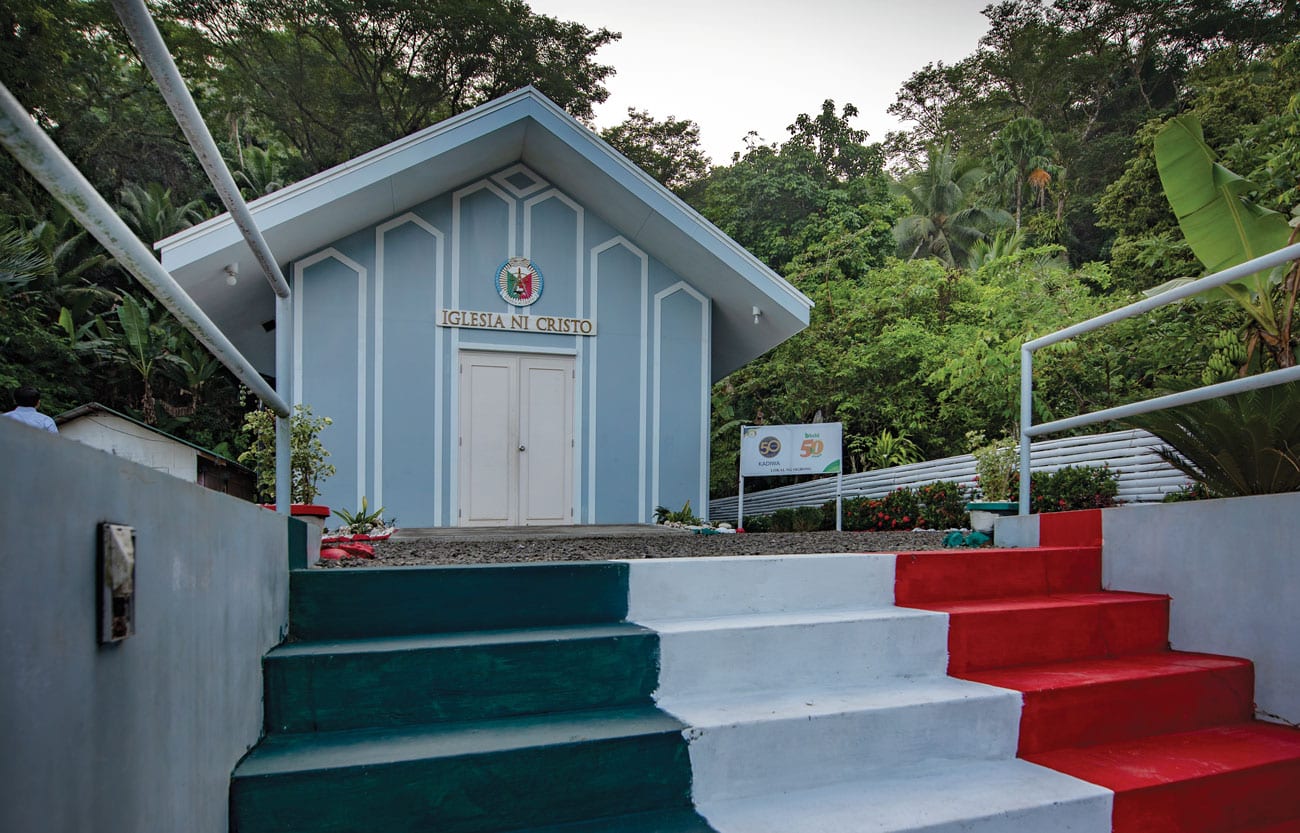
ABOUT AN HOUR by plane southeast of Manila, the island of Catanduanes has, over the years, become a magnet for tourists, both local and international. With a coastline that stretches close to 400 kilometers, it offers visitors a wide array of awe-inspiring sceneries, pristine beaches, and mouth-watering seafood delicacies. Its rugged heartland draws hikers and other nature enthusiasts as it boasts of numerous waterfalls, rivers, and caves. Add to it a diverse flora and fauna that makes for a truly unforgettable experience. Although the island gets pummeled by typhoons more regularly than other island provinces in the Philippines, Catandunganons, as the locals are called, have grown to cultivate a sense of positivity and strength encapsulated in the island’s unique branding as “Islang maogma,” which translates as “Happy island.” Among those who call Catanduanes home are members of the Iglesia Ni Cristo (Church Of Christ).
Sometime in the first quarter of 1950, Pascual Tindugan, who by then had converted to the Church, returned home from Laguna to Obo, San Miguel, Catanduanes. Firmly believing in the teachings he received, he shared the true faith with his immediate family and relatives. With God’s help, many among those who heard him declared their intention to know more about the teachings of God upheld by the Church. And so, with joy, Brother Tindugan coordinated with the Church Administration. Soon after, Brother Antonio Jerusalem, a minister of the gospel, was sent to Catanduanes to preach the pure gospel. Despite the stiff persecution, several people pushed through with their decision to embrace the true faith and join the Church Of Christ. They were baptized on April 27, 1950. The following day, the first worship service was held. It signified the beginning of the Local Congregation of Obo, the first to rise in Catanduanes.
The pioneering Catandunganon brethren experienced severe persecutions. The worst of these culminated in the burning of the place of worship of the Local Congregation of Obo. Even when threatened with bodily harm, the brethren never backed down and carried on with their Christian duties, such as sharing the true faith. With God’s help, their efforts bore fruits as more people in Catanduanes joined the Church Of Christ. More local congregations were soon established, including Virac (1950), Kilikilihan (1951), Bato (1954), Mayngaway (1954), Sagrada (1956), Baras (1959), and Mabato (1964).
The rise of more and more congregations in the island prompted the Church Administration to organize them into another ecclesiastical district on December 30, 1964. The first supervising minister was Brother Sesinando Jocson Sr. Up until then, the congregations were supervised by the Ecclesiastical District of Camarines Sur.
As the years went by, the Church Administration sent more ministers and ministerial workers to lead the brethren in Catanduanes in their services to God. In the 1960s, the means of transportation within the island were limited. Most of the times, ministers and ministerial workers had to walk. The road network then was not as it is now. The roads were literally rivers of mud during the rainy months.
This was not the only obstacle for the members of the Church Of Christ then. Many times, typhoons that came barreling from the Pacific destroyed not only their homes but also their sources of livelihood. But persevere they did not only in rebuilding their homes and their lives but, most especially, in their services to God. Their dedication to the work of propagation led to the establishment of more and more local congregations including Bote, Sabluyon (now called Datag), Viga, Gigmoto, and Pandan. In turn, these congregations were able to initiate propagational activities that laid the groundwork for the rise of other congregations through the years.
When storms strike them, the brethren in Catanduanes know what to do: as they have been taught by the Church Administration, they will always choose to hold on to their faith, trust, and hope in God.
Despite the bitter persecution the brethren had experienced, the brethren remain undaunted. They are active in propagational activities and in attending worship services. This is how the brethren in other local congregations in the island can be described, too. They draw strength from the teachings of God that they receive during worship services, including those officiated by Brother Eduardo V. Manalo, the Executive Minister, through video streaming.